Neuroscience

Neurotransmitter receptors function via various G-protein coupled and G-protein independent mechanisms that activate downstream intracellular signaling pathways such as cAMP/PKA, PI3K/AKT, phospholipase A2, and phospholipase C pathways. For instance, dopamine receptors act through adenylate cyclase to activate PKA and other signaling molecules, thereby mediate gene expression through the actions of CREB and other transcription factors. Other neurotransmitters such as NMDAR or AMPAR are associated with ion channels that control flux of Ca2+ and Na+, thus propagating the action potential across the post-synaptic neuron.
Dysfunctions in GABAergic/glutamatergic/serotonergic/dopaminergic pathways result in a broad range of neurological disorders such as chronic pain, neurodegenerative diseases, and insomnia, as well as mental disorders including schizophrenia, bipolar disorder, depression, and addiction.
-
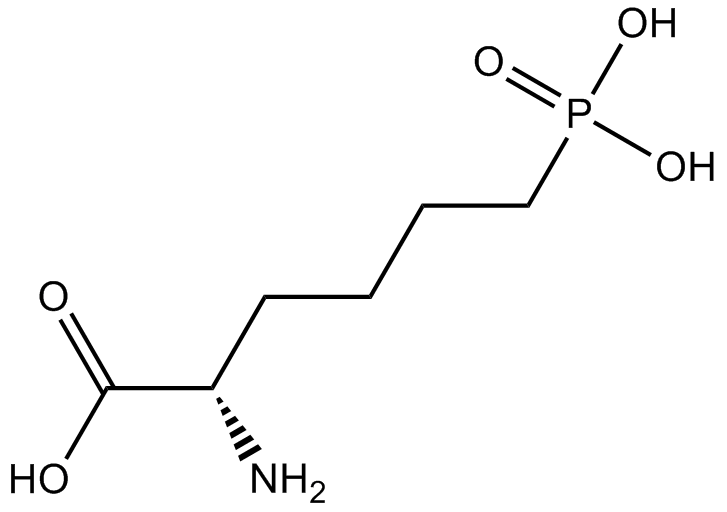 B6267 L-AP6Summary: selective agonist for 'quis'-sensitized site
B6267 L-AP6Summary: selective agonist for 'quis'-sensitized site -
 B6335 AMI-193Summary: 5-HT/D2DR receptor antagonist
B6335 AMI-193Summary: 5-HT/D2DR receptor antagonist -
 B5014 DPPE fumarateSummary: inhibitor of histamine binding at the intracellular histamine (Hlc) site
B5014 DPPE fumarateSummary: inhibitor of histamine binding at the intracellular histamine (Hlc) site -
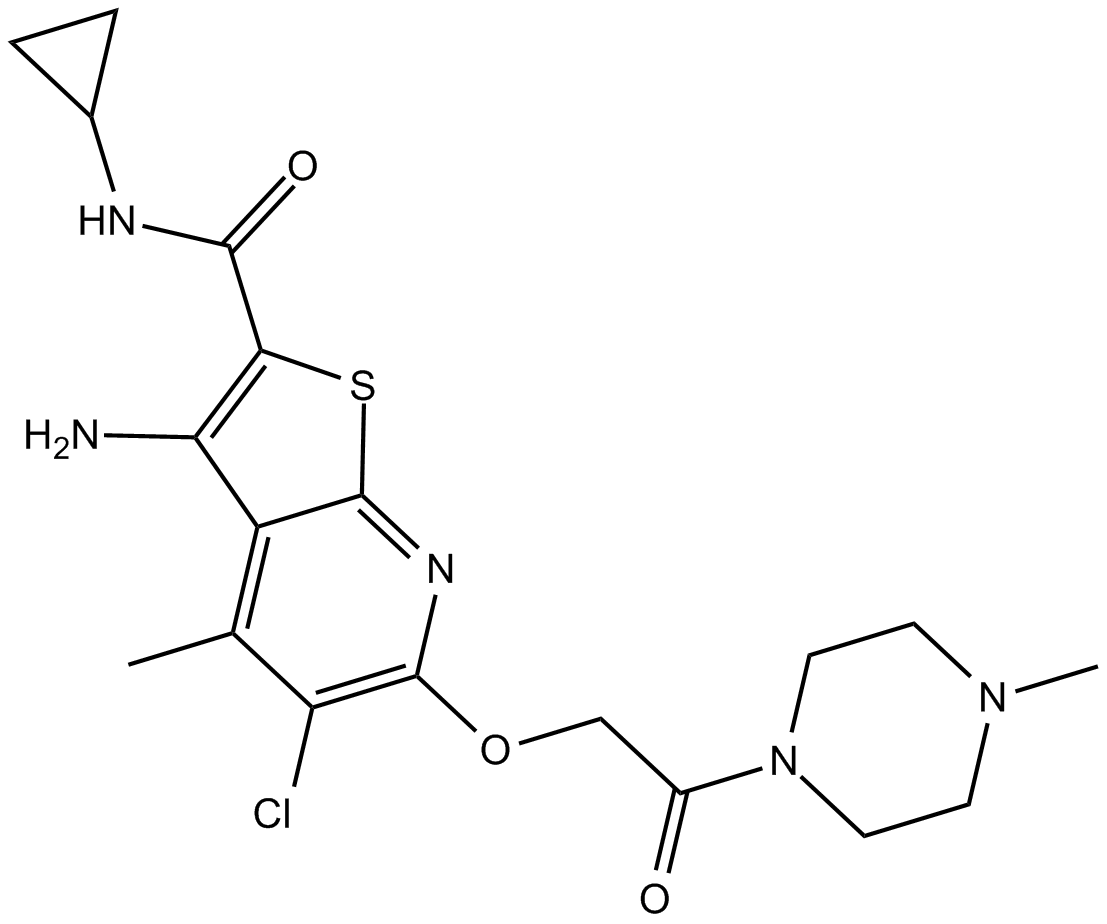 B4878 LY2119620Summary: positive allosteric modulator of M2/M4 receptor
B4878 LY2119620Summary: positive allosteric modulator of M2/M4 receptor -
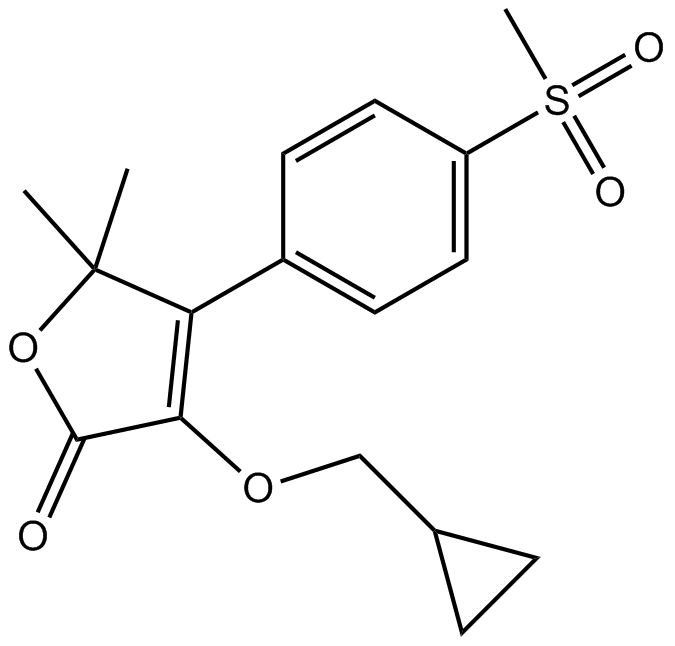 B4807 FirocoxibSummary: COX2 inhibitor
B4807 FirocoxibSummary: COX2 inhibitor -
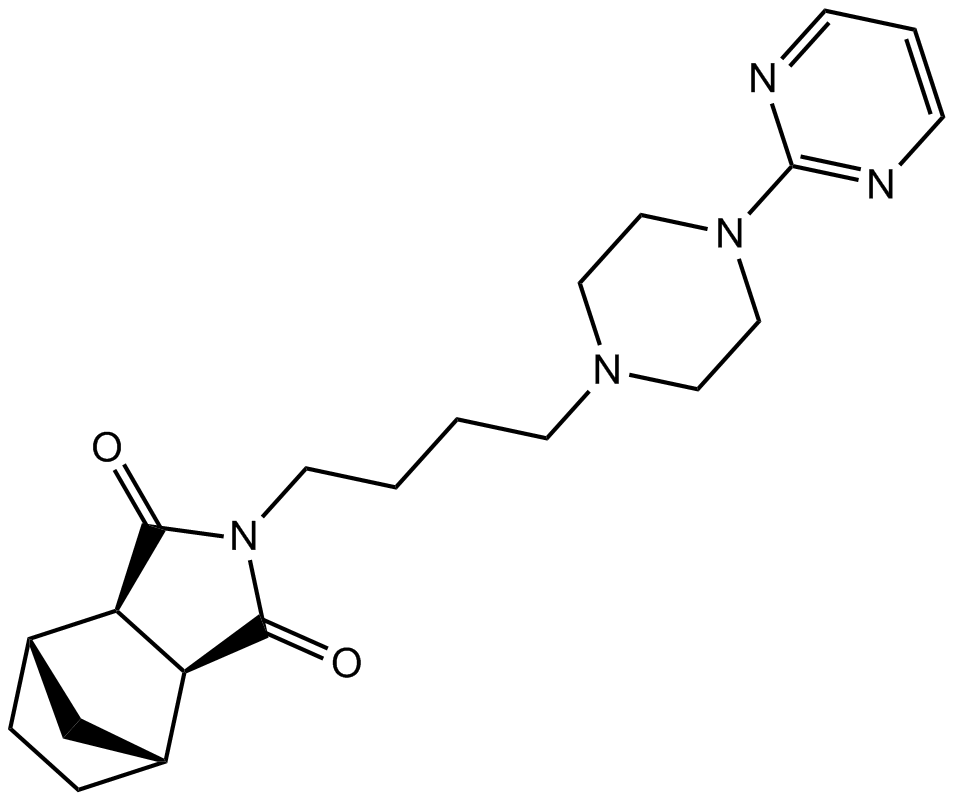 B1199 TandospironeSummary: Anxiolytic and antidepressant reagent
B1199 TandospironeSummary: Anxiolytic and antidepressant reagent -
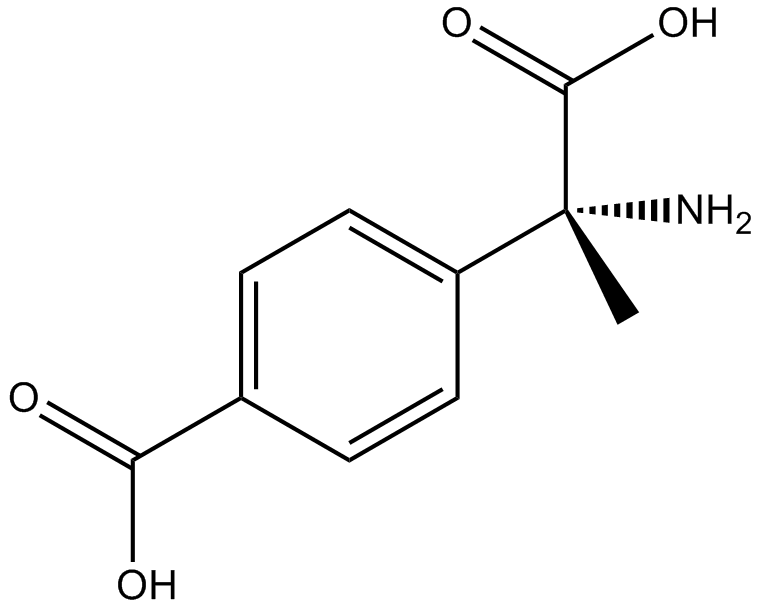 B6266 (S)-MCPGSummary: mGluR antagonist
B6266 (S)-MCPGSummary: mGluR antagonist -
 B6332 GBR 12783 dihydrochlorideSummary: dopamine uptake inhibitor
B6332 GBR 12783 dihydrochlorideSummary: dopamine uptake inhibitor -
 B7511 CCMISummary: Positive allosteric modulator of α7 neuronal nicotinic acetylcholine receptors (nAChR)
B7511 CCMISummary: Positive allosteric modulator of α7 neuronal nicotinic acetylcholine receptors (nAChR) -
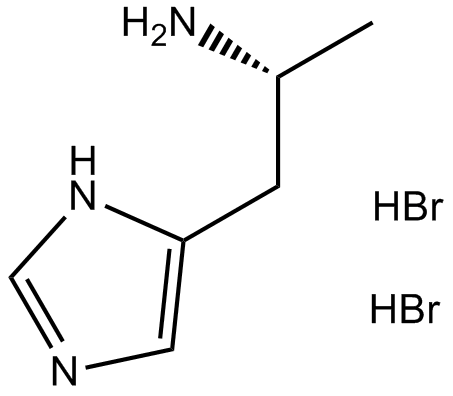 B5010 (R)-(-)-α-Methylhistamine dihydrobromide1 CitationSummary: Very potent, high affinity H3 agonist
B5010 (R)-(-)-α-Methylhistamine dihydrobromide1 CitationSummary: Very potent, high affinity H3 agonist

